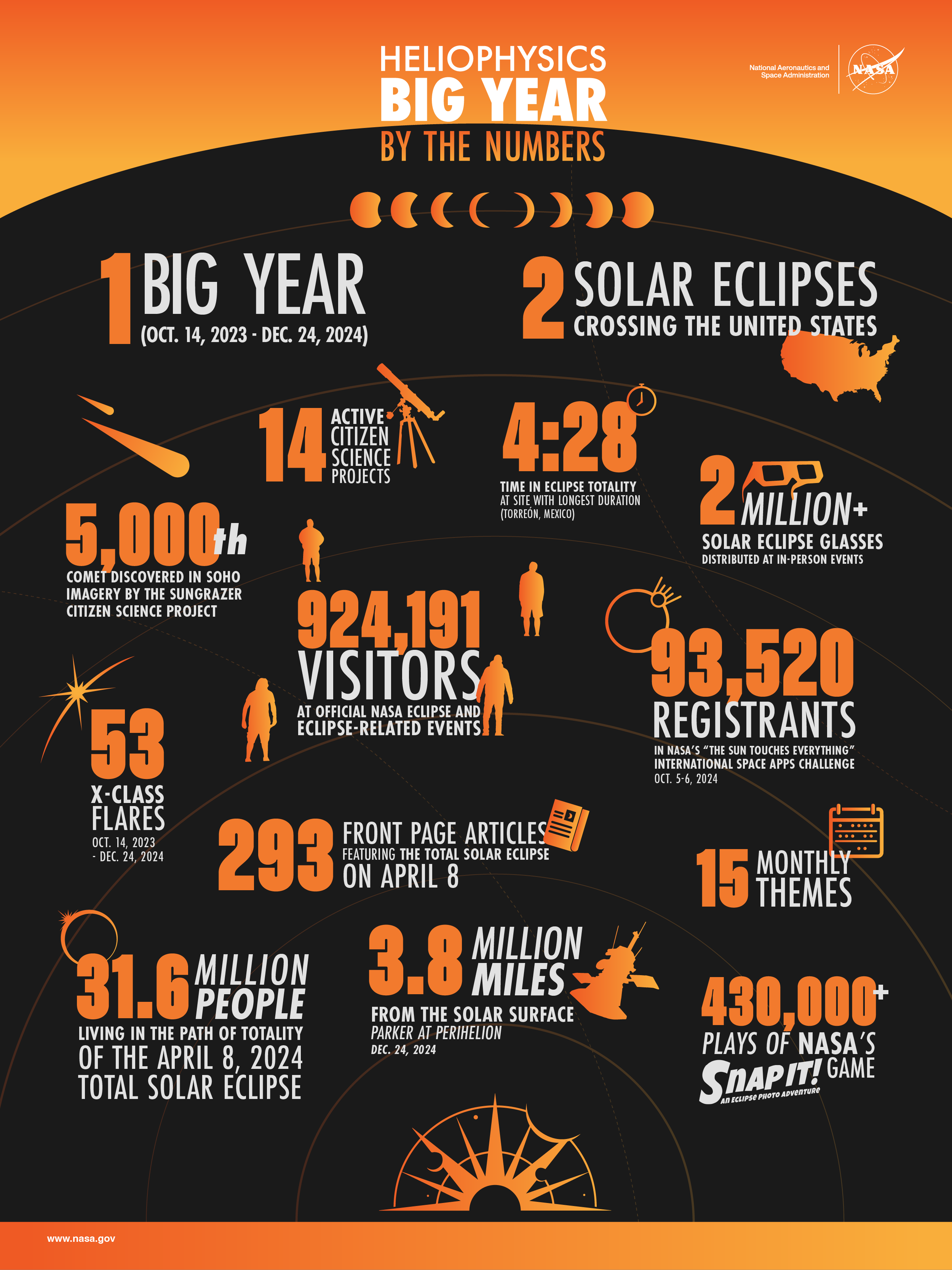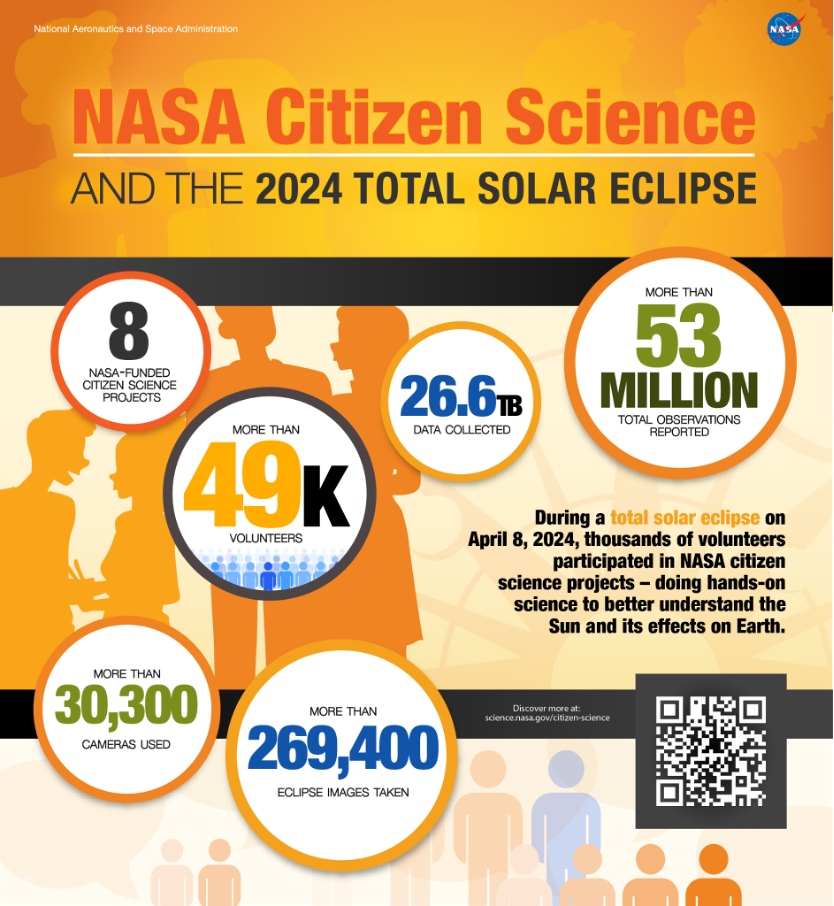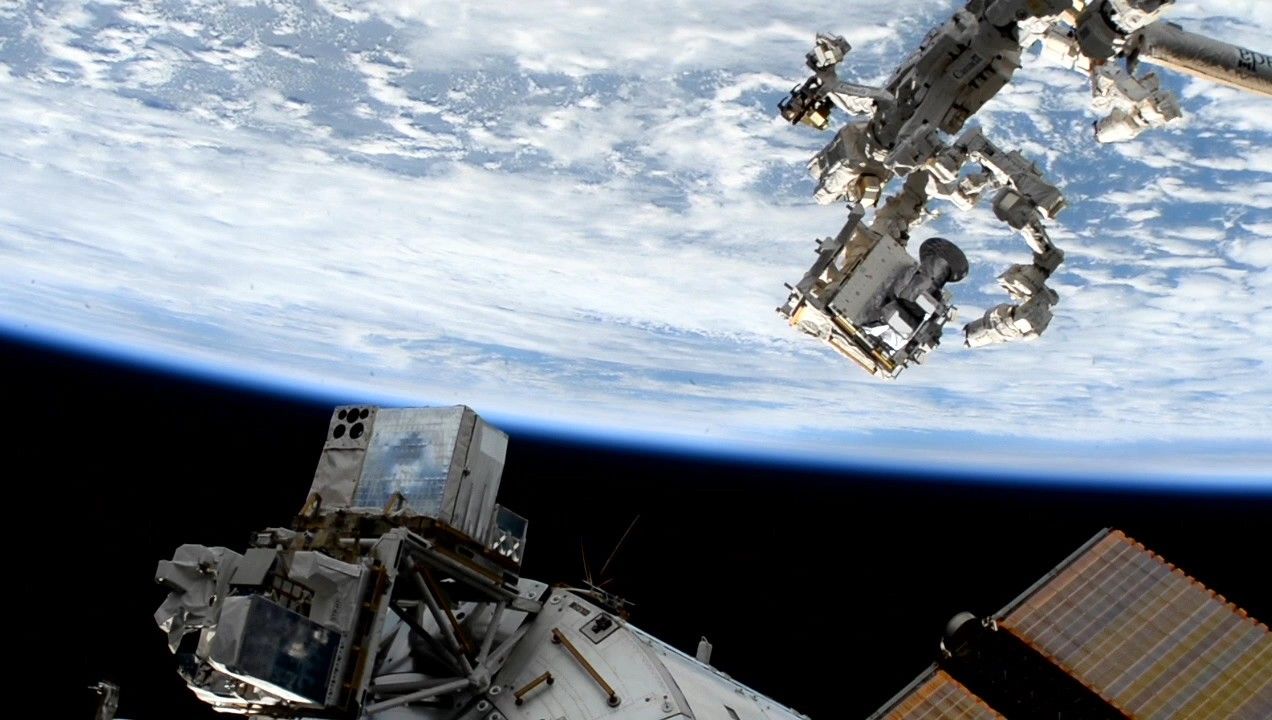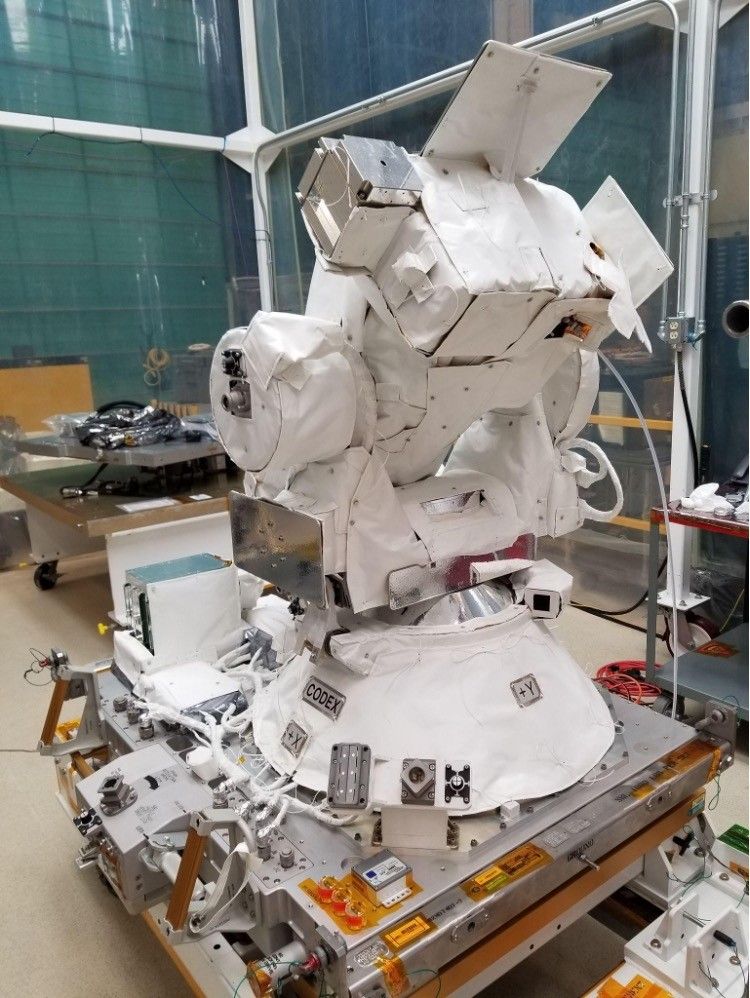7 min read
One year ago today, a total solar eclipse swept across the United States. The event was a cornerstone moment in the Heliophysics Big Year, a global celebration of the Sun's influence on Earth and the entire solar system. From October 2023 to December 2024 - a period encompassing two solar eclipses across the U.S., two new NASA heliophysics missions, and one spacecraft's history-making solar flyby - NASA celebrated the Sun's widespread influence on our lives.

Annular Solar Eclipse
An annular (or "ring of fire") solar eclipse occurred Oct. 14, 2023, and kicked off the Helio Big Year with a bang. Millions of people across North America witnessed the Moon crossing in front of the Sun, creating this brilliant celestial event. NASA's live broadcast had more than 11 million views across different platforms.
Credit: NASA/Ryan Fitzgibbons
Before the eclipse, NASA introduced the 2023 Eclipse Explorer, an interactive map to explore eclipse details for any location in the United States. NASA shared tips on eclipse safety, including through a video with NSYNC's Lance Bass and even with an augmented reality filter.
Scientists also studied conditions during the annular eclipse with sounding rockets, balloons, and amateur radio.
Total Solar Eclipse
On April 8, 2024, millions of people across North America experienced a total solar eclipse that darkened parts of 15 U.S. states in the path of totality.
Ahead of the event, NASA hosted a widespread safety campaign, handed out over 2 million solar viewing glasses, and produced an interactive map to help viewers plan their viewing experience. On eclipse day, NASA also hosted a live broadcast from locations across the country, drawing over 38 million views.
Researchers studied the eclipse and its effects on Earth using a variety of techniques, including international radar networks, scientific rockets, weather balloons, and even high-altitude NASA WB-57 jets. Several NASA-funded citizen science projects also conducted experiments. These projects included more than 49,000 volunteers who contributed an astounding 53 million observations.

"We have opened a window for all Americans to discover our connection to the Sun and ignited enthusiasm for engaging with groundbreaking NASA science, whether it's through spacecraft, rockets, balloons, or planes," said Kelly Korreck, a Heliophysics program scientist at NASA Headquarters in Washington. "Sharing the excitement of NASA heliophysics with our fellow citizens has truly been amazing."
Science Across the Solar System
NASA's heliophysics missions gather data on the Sun and its effects across the solar system.
The Atmospheric Waves Experiment (AWE) mission launched from NASA's Kennedy Space Center in Florida Nov. 9, 2023, and was installed on the International Space Station nine days later. This mission studies atmospheric gravity waves, how they form and travel through Earth's atmosphere, and their role in space weather.

On Nov. 4, 2024, the Coronal Diagnostic Experiment (CODEX) mission also launched to the space station, where it studies the solar wind, with a focus on what heats it and propels it through space.

The Aeronomy of Ice in the Mesosphere (AIM)






